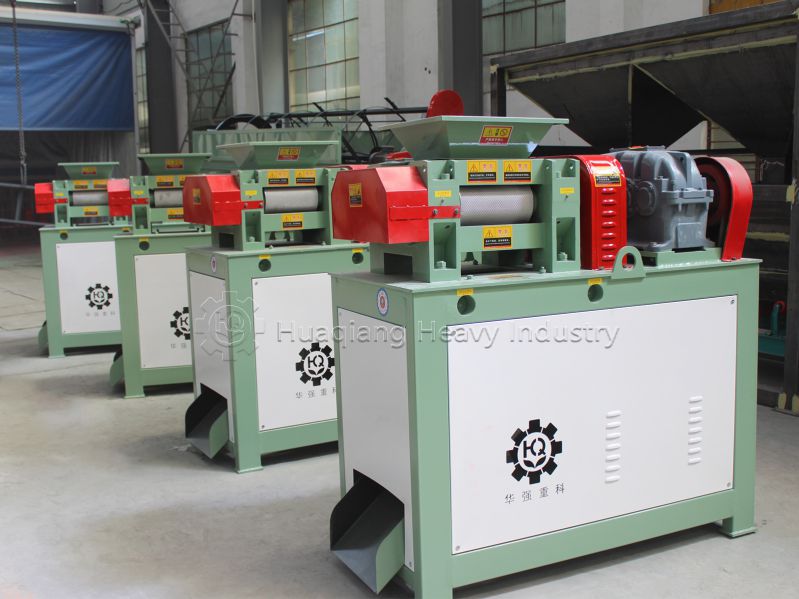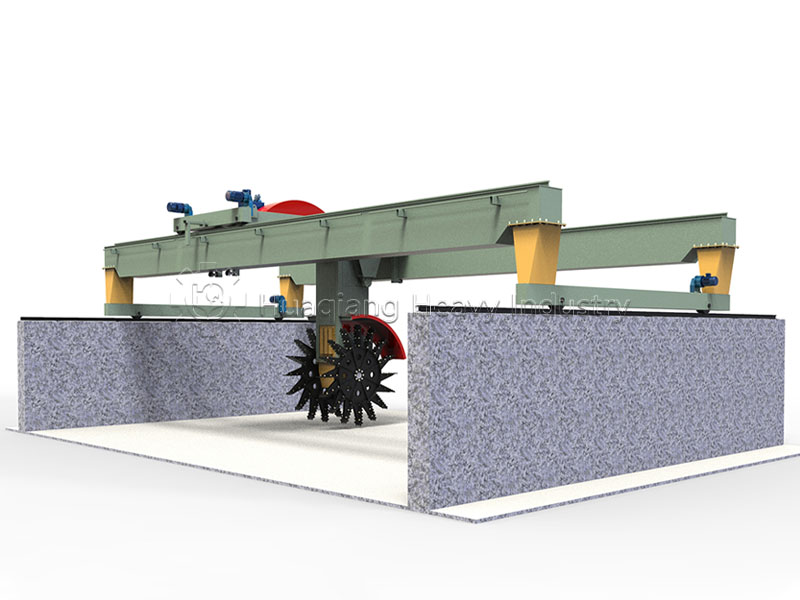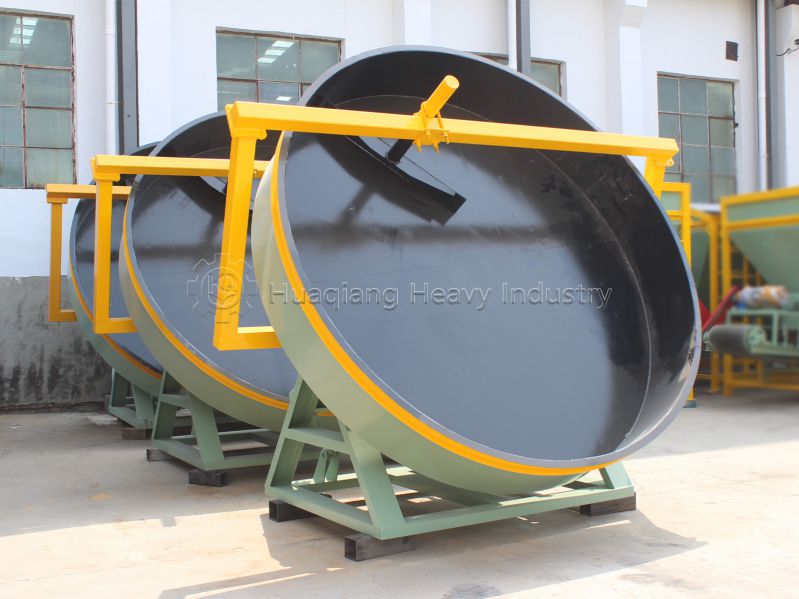Rotary Drum Granulation: Core of Efficient Fertilizer Production

Process Overview
The rotary drum granulation production line is essential equipment in modern fertilizer industry, widely used in large-scale production of various fertilizers including NPK compound fertilizers, bio-fertilizers, and controlled-release fertilizers. This technology achieves efficient and energy-saving continuous production through innovative steam granulation processes.
Core Working Principle
New blended raw materials are fed into the drum granulator uniformly according to the balling rate, while saturated steam is introduced into the material layer as required. This unique steam granulation process enables materials to complete granulation at lower moisture content, which not only raises material temperature but also humidifies the material, effectively reducing the drying load.
Technical Features and Advantages
Steam Granulation Technology
By introducing steam into the material layer, the temperature of granulated materials is increased, dissolving salts in the materials. This achieves high liquid volume under low moisture content to meet the liquid phase required for material granulation, while reducing water evaporation in the drying process.
Ammoniation Reaction Function
Ammonia can be applied to the material layer in the drum as required to promote chemical reactions in the materials, optimizing fertilizer formulation and nutrient release characteristics.
Automatic Cleaning Design
The inner wall of the rotary drum granulator is lined with multiple soft rubber plates or polypropylene plates, with air holes in corresponding positions of the cylinder. When the lining rotates from the bottom to the top of the cylinder, it sags due to its own weight, causing materials adhering to the lining to fall off by gravity, achieving automatic cleaning and anti-caking functions.
Wide Raw Material Adaptability
This process has strong adaptability to raw materials, allowing combination of low solubility materials (such as calcium chloride, ammonium sulfate, potassium chloride, etc.) and high solubility materials (such as urea, ammonium nitrate, ammonium phosphate, etc.) according to requirements, while also enabling the addition of organic matter and medium-trace elements.
Global Application Value
Rotary drum steam granulation technology has revolutionized the NPK fertilizer manufacturing process, establishing itself as a cornerstone in global fertilizer production. This advanced NPK fertilizer production line integrates multiple specialized equipment including the NPK blending machine, fertilizer mixer machine, and NPK fertilizer granulator machine to create a seamless manufacturing system.
The core of this technology lies in the sophisticated NPK granulation machine and complementary equipment such as the disc granulator machine, which work in harmony to transform raw materials into high-quality fertilizers. The complete NPK production process begins with precise formulation using either a modern NPK blending machine or bulk blending fertilizer machine, followed by the crucial fertilizer granulation phase where the NPK fertilizer granulator and disc granulator create uniform, durable granules.
This integrated approach to manufacturing of NPK fertilizer offers exceptional flexibility, allowing producers to efficiently switch between different compound formulations using the same NPK fertilizer machine infrastructure. The technology’s robust design, particularly the NPK bulk blending machine components, ensures consistent performance across various production requirements, making the entire NPK manufacturing operation more economical and environmentally sustainable.
Through optimized fertilizer granulation techniques and advanced NPK fertilizer production line configurations, this technology continues to set new benchmarks in production efficiency and product quality, contributing significantly to sustainable agricultural practices worldwide.
.jpg)







